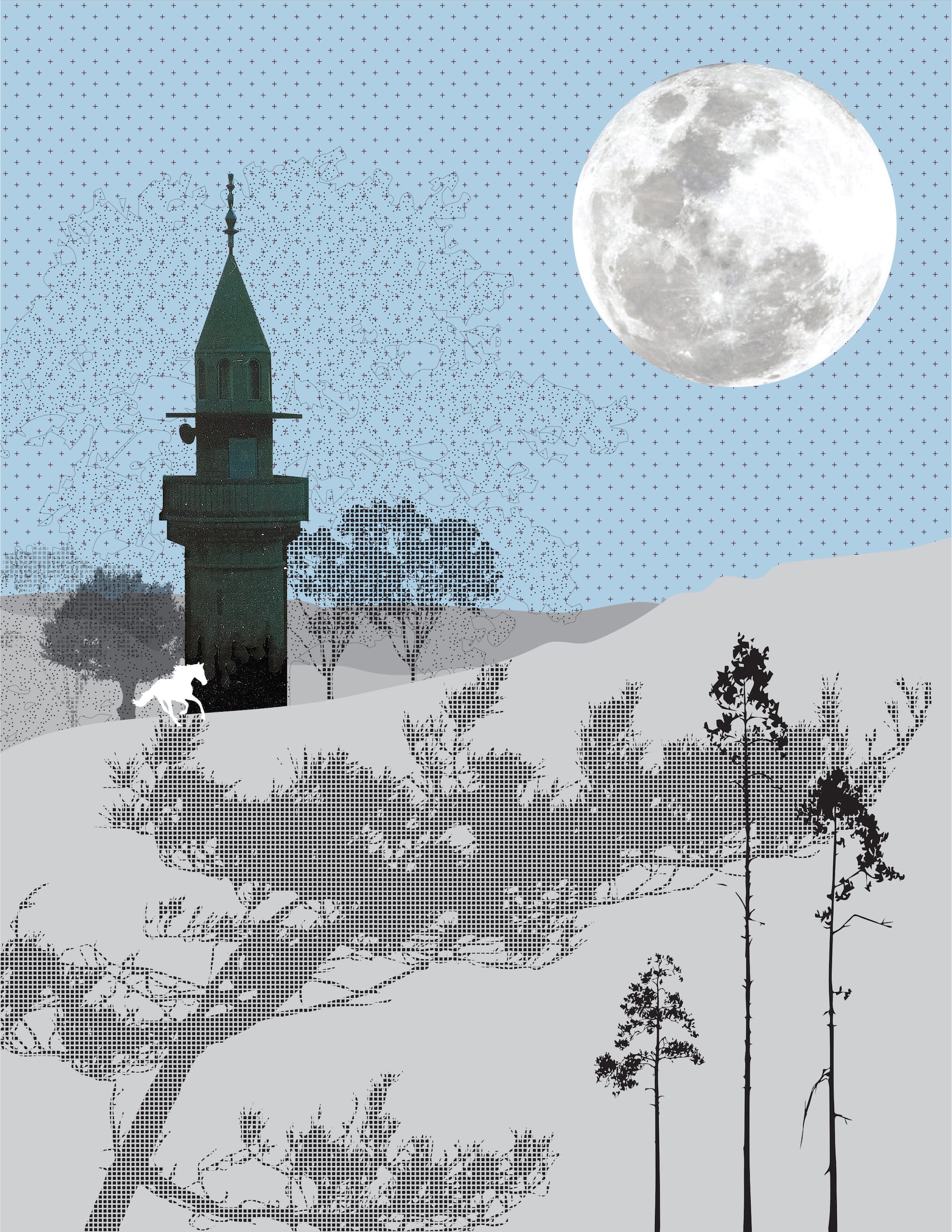
When thinking of forms of citizenship and the paradox they might entail, I think of Muhammad, a descendant of an internally displaced Palestinian family and the elected mayor of an unrecognized village in Israel.
Muhammad’s family was forcibly displaced during the 1948 Arab-Israeli war. While the newly forming state confiscated their village, the Present-Absentee Law [1] made them live in limbo and in a bureaucratic nightmare. Without a formal address or representation on the official maps of the country, the villagers remained hidden within the hills of Mount Carmel, one kilometer away from their former homes.
Their aspirations were both pragmatic and visionary.
When in the new village overlooking the old, the perception of time changes, as it lapses between past, present, and future. The longing for a former life entangled with a struggle for rights, and a dream. Once, when I visited the village, Muhammad showed me a purchasing deed of a plot of land on the moon. At that time, two narratives dominated the villagers’ imagination. One was a tale of the mountain ghosts that protected them from the occupiers. The second was a vision of escapism. At nights, in the darkness of the mountain, between earth and the universe, the moon hung with the dream of home.
[1]. The status of Present-Absentees applied to Palestinians who fled or expelled from their home before and during the 1948 Arab-Israeli war, but who remained within the area that became the state of Israel. The Citizenship Law of July 1952 made them citizens, but their ownership of properties such as homes and land was revoked. Any person including the “absentee” owner himself found occupying, building, or being “present” on such properties would be violating the law and risk expulsion and demolition.
Malkit Shoshan
Malkit Shoshan is the director of the architectural think-tank FAST: Foundation for Achieving Seamless Territory. She is the author and the mapmaker of the award-winning book Atlas of Conflict: Israel-Palestine (Uitgeverij 010, 2010) and the co-author of Village (Damiani Editore, 2014). In 2016, Shoshan was the curator of the Dutch Pavilion for The Venice Architecture Biennale with the exhibition BLUE: Architecture of UN Peacekeeping Missions. seamlessterritory.org | @Malkits